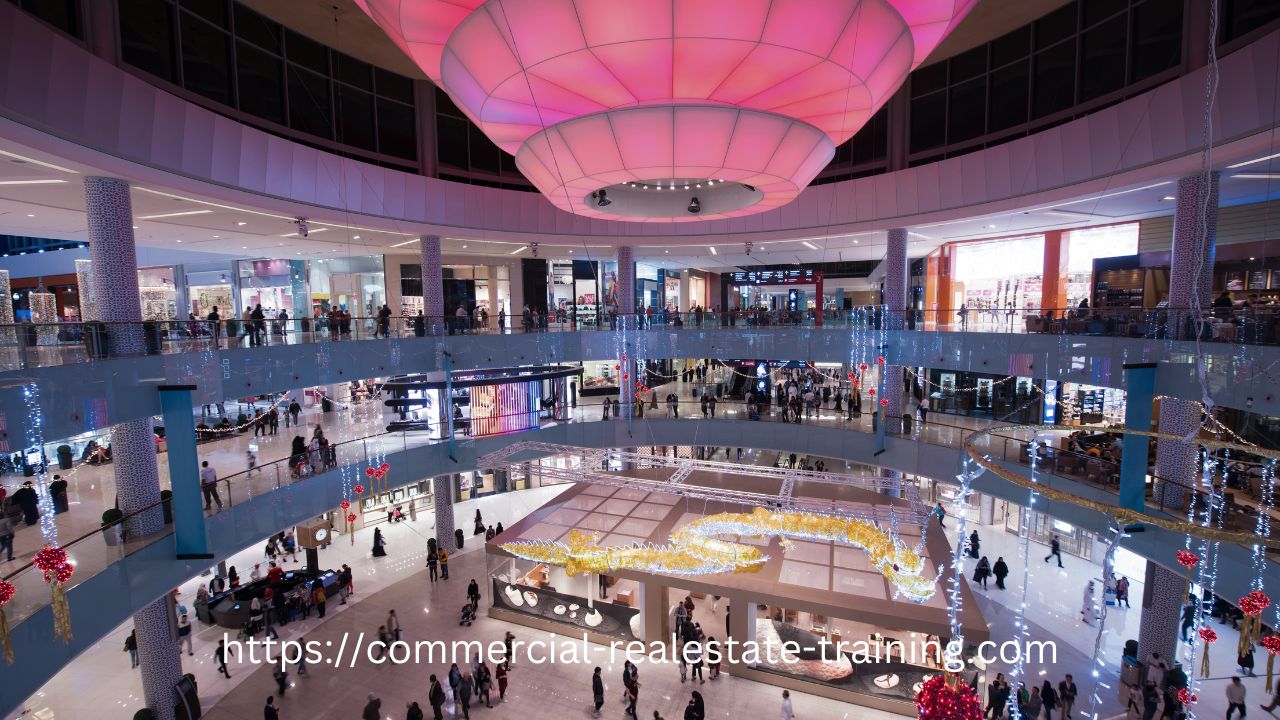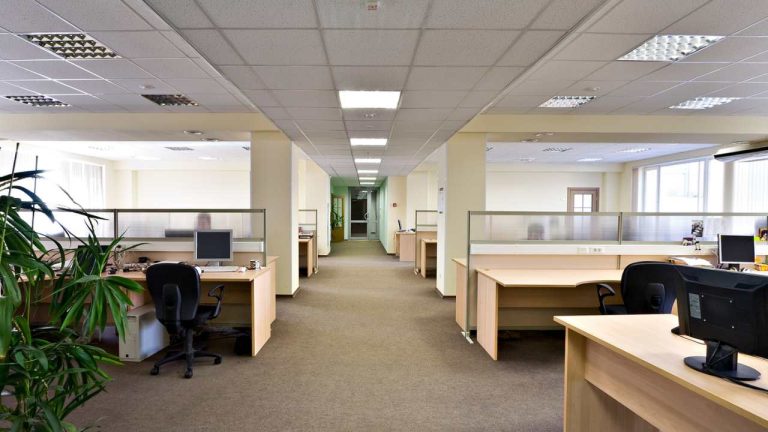How to do a Shopping Center Customer Survey
To undertake a successful survey in a retail shopping center, it is wise to consider what you are wanting to achieve from the process. If you like, the process is where you should be starting with the end result in mind.
Understand what you are wanting to know to help the property and its retail performance, how you can achieve that information, and then then how you can run the survey in a relevant and timely way.
In most shopping centers you are really trying to get to the following facts:
- What the customer is thinking when they visit the property
- What they need to satisfy their shopping requirements
- How you can get them to spend more money
- How you can get them to come back more frequently
- How you can extend their visit time at the property
When you know these things, you can improve the property for the tenants and the landlord. A good shopping center is a mixture of understanding and involvement by all stakeholders.
If a retail property is establishing itself in the local area and gradually pulling in more shoppers, you may need to undertake a few shopping surveys each year over a period of two years, and then annually thereafter. The survey process will help you in planning the marketing of the tenancies, the seasonal sales, the property locally, and the retail brand.

Know the Retail Facts
Before undertaking the retail survey and deciding what should be in it, the ways that you can assess the performance of a retail property will be in:
- Customer visit numbers – You will need door counters on all entrances and the figures will require tracking and collation so you can see shopping patterns for days of the week, weeks of the month, and months of the year.
- Sales numbers by tenancy and by retail group – From these sales figures you can identify good and bad retailers.
- Feedback from retailers – Shop traders will tell you what they are thinking and seeing as part of selling their services and goods.
- Comparison to other competing properties locally – Look at a retail property and then find the competing properties locally. What are the differences? What are the strengths and weaknesses of each property?
- Assessment of vacancy factors – Track the vacancies as to downtime, and leasing time. They will be good indicators of retail trade and tenant viability.
- Common area uses – The common area of a retail property should attract and retain shoppers to extend their shopping duration and comfort.
- Property presentation – The presentation of a retail property will be a critical factor getting customers to come back to a property for more retail purchasing and involvement.
- Security – Shoppers like to feel safe when they go to and walk within a retail property. Look at the factors that impact those two issues.
- Car parking – Motor vehicles are a big part of retail shopping today. How can the car park be more ‘shopper friendly’?
Review these things before undertaking your retail shopping survey.





